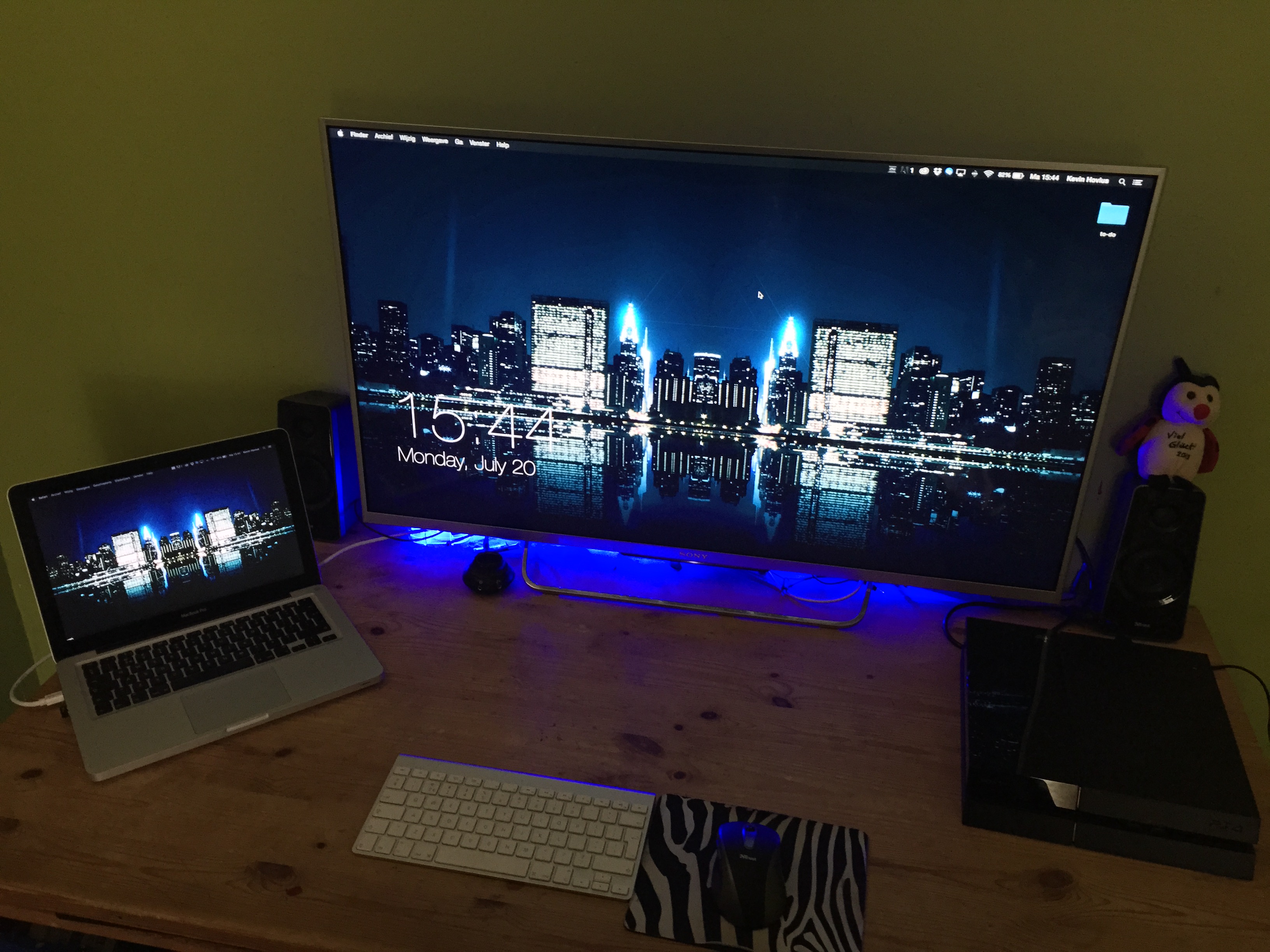Spotify App Macbook
Spotify App Macbook
Note:
- The Spotify Connect Web API endpoints are currently released in their Beta version phase. While we encourage you to include them in your build, be aware that without prior notice we may disable some or all of the functionality and/or change the way they work.
- Please report any issues in our developer community forum.
- With Connect Web API you can only control Spotify Premium users’ playback.
Use the Spotify Connect Web API Endpoints to create a smooth user experience:
Spotify is a music streaming service that debuted in late 2008. It's the most popular music streaming service in the world with over 200 million users (as of January 2019). Note: The Spotify Connect Web API endpoints are currently released in their Beta version phase. While we encourage you to include them in your build, be aware that without prior notice we may disable some or all of the functionality and/or change the way they work.
- Viewing Device List
Viewing Device List
To view a user’s list of currently connected devices, make a request to the /v1/me/player/devices endpoint.
The devices in the list are the ones that you can control.
Note: To determine if you should send controlling commands to a certain device, check the is_restricted flag on a device object. If you receive the 403 FORBIDDEN code back, this means that the currently active device (or targeted device) is not controllable through the Web API.
There may be occasions when you see a device in the /v1/me/player and /v1/me/player/currently-playing endpoints that you do not see in /v1/me/player/devices. This can happen while playback takes place on a restricted device.
Devices not Appearing on Device List
Connect Web API relies on local network connections to discover and interact with some devices.
For example, when:
- A new device is added to the network
- A device is in “sleep” mode
- A device on the local network is currently tied to another user account, or
- Other reasons specific to the device
As a result, some devices that appear in the Connect picker within the Spotify application may not always be visible or available on the Connect Web API Endpoints.
Targeting a Specific Device
All the Connect Web API command endpoints include the device_id parameter in the called URL. This can be used to control a specific device. If you do not specify a device_id, the currently active one (see 'is_active': true in the device list response) will be targeted.
For example, to set the volume on a specific device, run:
https://api.spotify.com/v1/me/player/volume?volume_percent=55&device_id=TARGETDEVICEID
Note: A Device ID is unique and persistent to some extent (and for some clients). However, this is not guaranteed and any cached device_id should periodically be cleared out and re-fetched as necessary.
Commands Execution Order
The order of command execution is not guaranteed. The commands are mostly operated on by the devices in the order you call them via the Connect Web API.
For example, a command to transfer playback to a specific device followed directly by a volume command could, in theory, raise the volume of the currently active device before the hand-over to the new device happens. You can circumvent some of these issues by targeting the commands (such as setting the volume) towards specific devices with the optional device_id parameter available on all endpoints.
curl -X PUT 'https://api.spotify.com/v1/me/player' -H 'Authorization: Bearer {your access token}' -H 'Content-Type: application/json' --data '{device_ids:['74ASZWbe4lXaubB36ztrGX']}'
curl -X PUT 'https://api.spotify.com/v1/me/player/volume?volume_percent=50' -H 'Authorization: Bearer {your access token}'
Last year Spotify brought a redesigned UI to its iOS and Android app home screens. Building on that design, today Spotify announced new features including a section highlighting, personalized recommendations, “Recently Played,” and new and unfinished podcasts.
Spotify App Not Working On Macbook
Spotify detailed the latest redesign to its iOS and Android home screens in a blog post today.
Through this latest update, we’ll be rolling out several advancements on the mobile Home hub designed to make finding the audio you love easier and more intuitive. These will roll out to users globally on iOS and Android this month.
Here are the three new changes heading for the Spotify home screen:
- Travel back in time: Rediscover lost gems in your listening history with a new “Recently played” destination, where users can jump back in time and browse up to three months’ worth of listening history. Premium and Free users globally will be able to browse recently played individual tracks and episodes in addition to the playlists, albums, and shows they were played from.
- Jump into new and unfinished podcasts: Global Premium users can view new and relevant podcast episodes right within the Home hub. New episodes will be marked with a blue dot, and episodes you’ve already started will display a progress bar indicating how far into the episode you are.
- Discover more music: Premium users globally won’t miss a single track from artists they love. Now, you will see a new surface highlighted on top of the Home hub dedicated to discovery-oriented recommendations that are personalized, timely, and reactive to your taste.
Spotify didn’t share exactly when the new home screen design would be arriving to users. But since we’re closing in on April, all users around the world should see the changes this week or next.
Spotify Music App For Macbook
This is likely a server-side change but it’s good to stay up to date with the iOS/Android app. The latest build iOS – 8.6.10 was released on March 19 (March 17 for Android).
Spotify App Macbook
FTC: We use income earning auto affiliate links.More.


